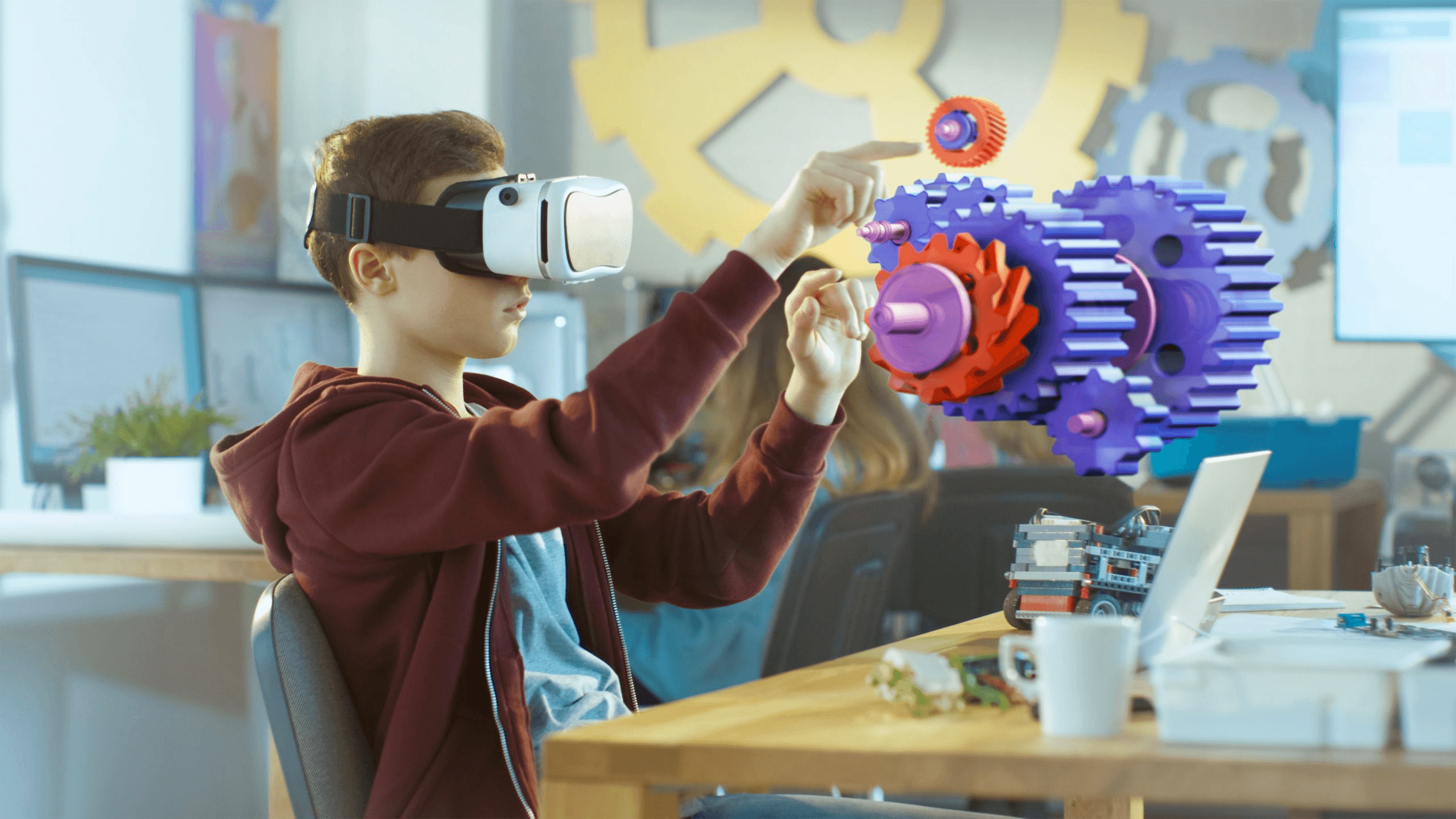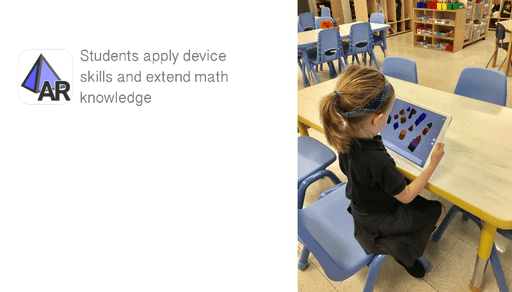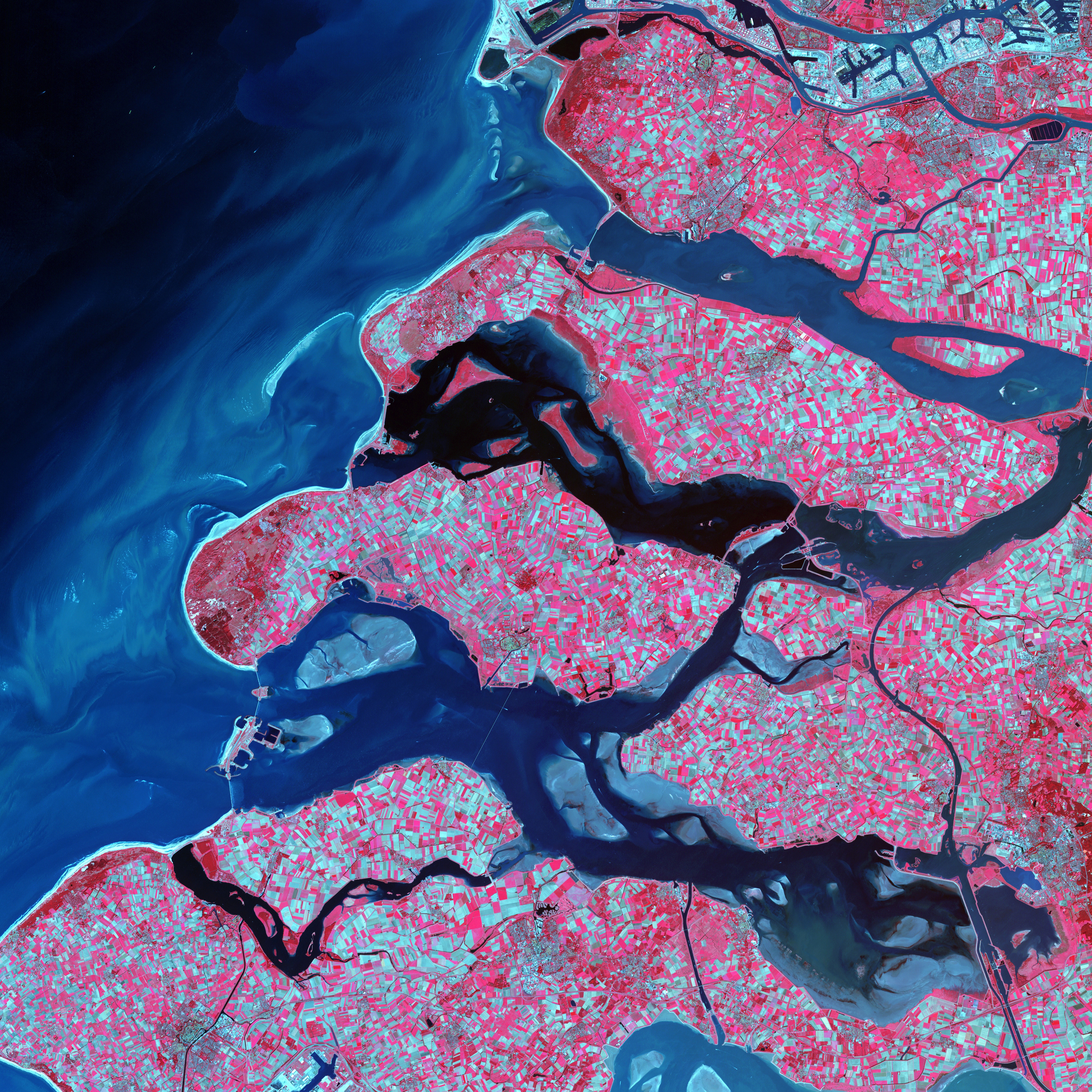Here's a powerful new way to teach and learn math, helping students
visualize complex concepts,
solve problems interactively, and
explore mathematical worlds in a more immersive way.
For example, students can use VR to explore the inside of a 3D shape or to see a mathematical equation come to life. AR can be used to overlay digital information on the real world, such as showing students the steps to solve a problem or providing them with feedback on their work.
Example resources:
Virtual Science Lessons
VR can be used to transport students to different parts of the world, allowing them to explore different ecosystems or to witness scientific phenomena firsthand.
AR can be used to overlay digital information on the real world, such as showing students the different parts of a cell or the forces acting on an object.
Some specific examples of how XR can be used to teach science:
Biology: Students can use VR to explore the inside of the human body or to see how different plants and animals interact with each other.
Physics: Students can use VR to experience different forces, such as gravity and friction. They can also use AR to see how different physical concepts, such as electricity and magnetism, work in the real world.
Chemistry: Students can use VR to explore the molecular structure of different substances or to see how different chemical reactions work. They can also use AR to see how different chemicals interact with each other in the real world.
Example resources:
Would you like to transport students to different historical periods or to different parts of the world, allowing them to experience different cultures firsthand? Many VR tools can help you do that.
AR can be used to overlay digital information on the real world, such as showing students the different parts of a government building or the route of a historical expedition.
Some specific examples of how XR can be used to teach social studies:
History: Students can use VR to visit historical sites or to experience different historical events firsthand.
Geography: Students can use VR to explore different parts of the world or to see how different geographical features, such as mountains and rivers, are formed.
Government: Students can use VR to tour government buildings or to learn about the different branches of government.
Languages
Immersion is known to be a more effective way to learn languages than even formal instruction.
Here are some XR-based opportunities to travel to different countries, allowing them to immerse themselves in the language and culture. AR can be used to overlay digital information on the real world, such as providing students with real-time translation or showing them how to pronounce different words.
Example resources:
VR can be used to transport students to different art galleries or to see famous works of art up close. AR can be used to overlay digital information on the real world, such as showing students the different steps to creating a painting or the different techniques used in a piece of music.
Here are some specific examples of how XR can be used to teach arts:
Visual arts: Students can use VR to explore different art galleries or to see famous works of art up close. They can also use AR to see how different art techniques work in the real world.
Music: Students can use VR to experience different musical performances or to learn how to play different instruments. They can also use AR to see how different musical elements, such as melody and rhythm, work together.
Drama: Students can use VR to experience different theatrical performances or to practice their acting skills in a virtual environment. They can also use AR to see how different stage effects, such as lighting and sound, work together.













